Paediatric fractures.

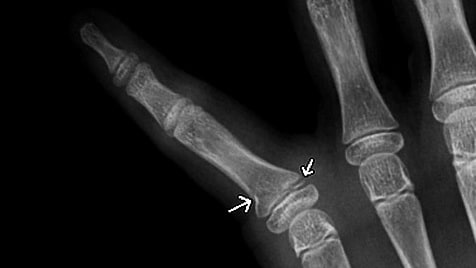
The fracture is above the growth plate. Below is a link to Rebel EM showing the classification of 1 to 5.
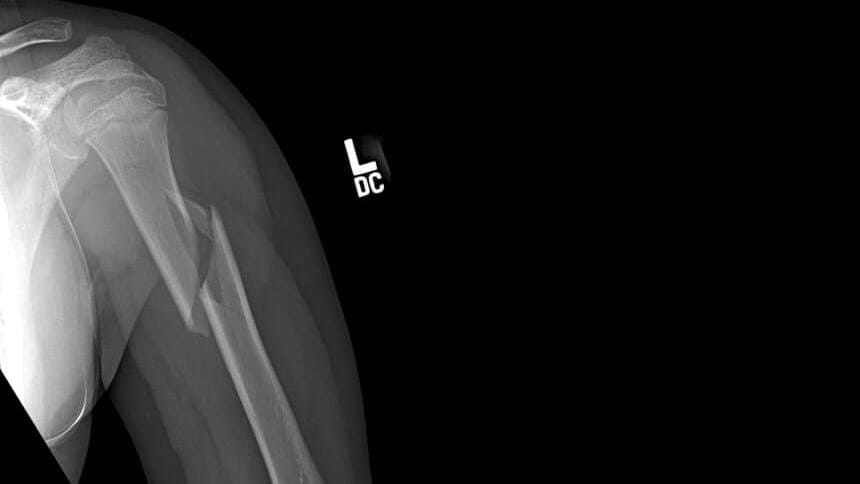
You should suspect injury to the radial nerve as it sits in the spiral groove of the humerus.
Test for the radial nerve by finger and wrist extension as well as sensation over the dorsum of the thumb.
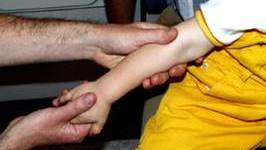
Remember analgesia. Also if there is swelling or bruising or the mechanism is not consistent with a pulled elbow please xray first. That way you will not be pulling on a supracondylar fracture.
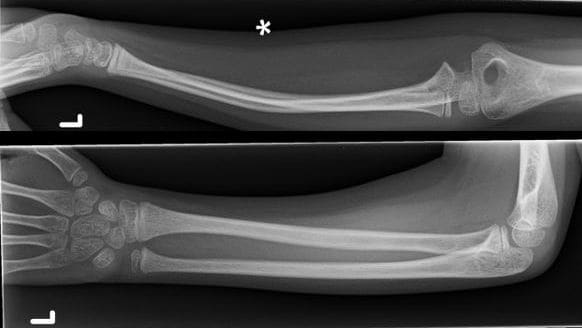
An unusual injury. Occurs almost exclusively in children with a longitudinal stress.
Make sure there are no associated fractures and consult orthopaedics.
Microscopic examination shows microfractures that you cannot see on an xray.

Probably predictable as you place your extended arm down when you fall.
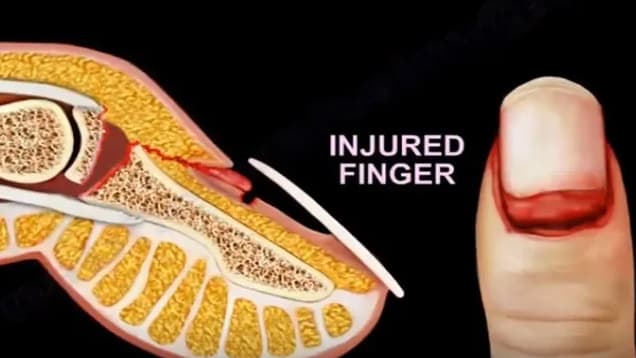
Seymour fracture is a displaced distal pharyngeal physeal fractures with an associated nailbed injury.
Treatment is usually Antibiotics, open reduction in theatre with pinning and repair of the nailbed.
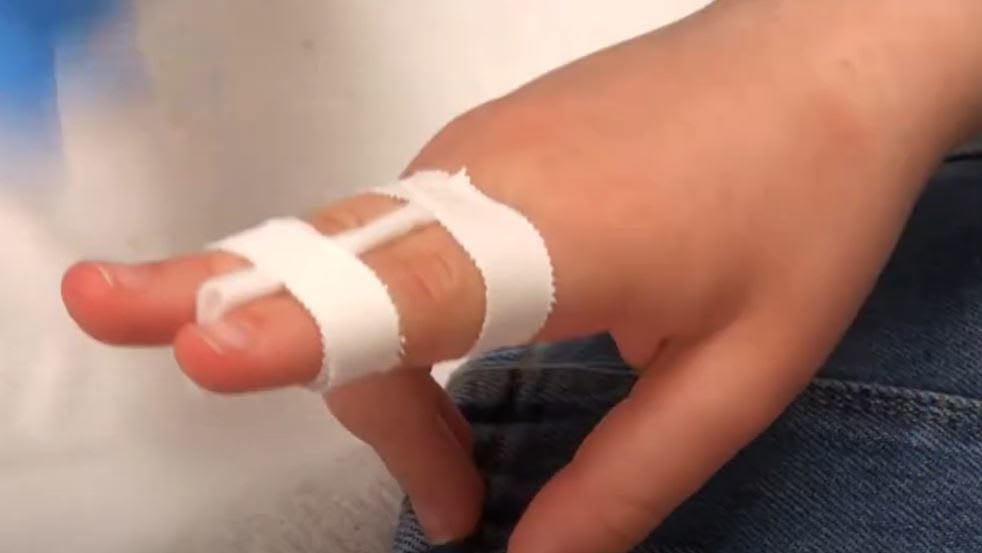
It is a very useful technique.
Below is a good simple video showing it being put on.
If there is rotation then the fracture needs orthopaedic input and probably a K wire.
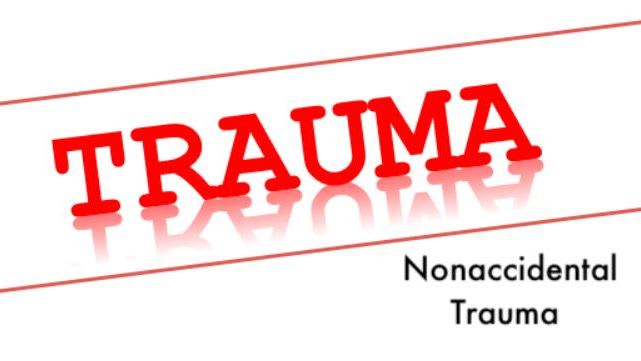
Always consider the possibility of NAI in an injured child.

It is a very heterogenous group. They have blue sclera. It is equally distributed between girls and boys and is due to abnormal Type 1 Collagen production.
If you are interested read Quentin Kenihan's memoir "Not all superheroes wear capes".
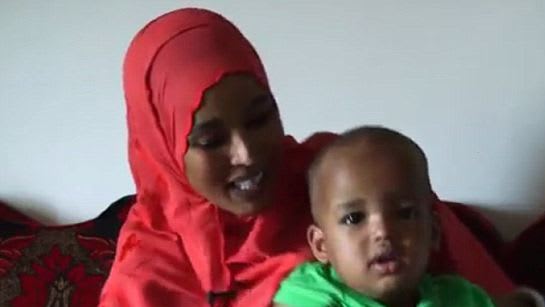
It was about 35 metres. He suffered concussion, some fractured ribs, and a pneumothorax.
Incidentally the highest fall survived without a parachute was Vesna Vulovic who was a flight attendent and fell 33,338 ft (10.16km). A briefcase bomb blew up the plane. She almost completely recovered and afterwards had no fear of flying.